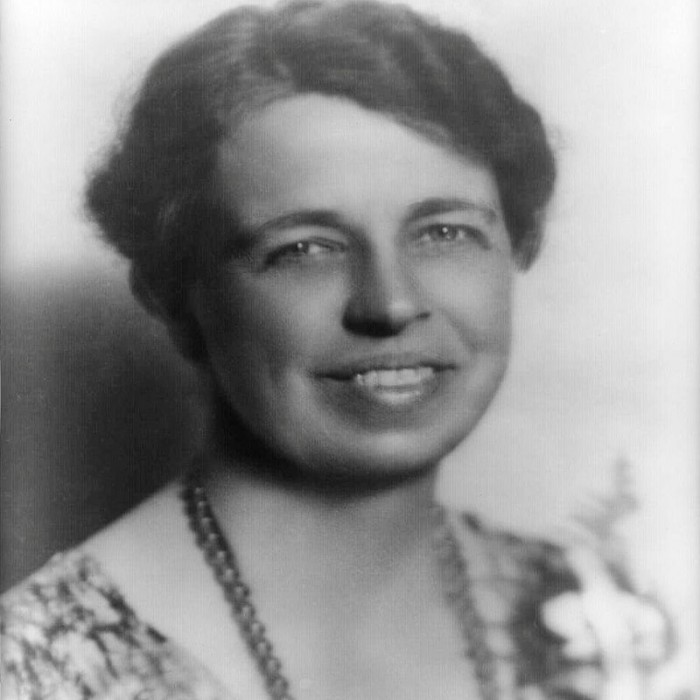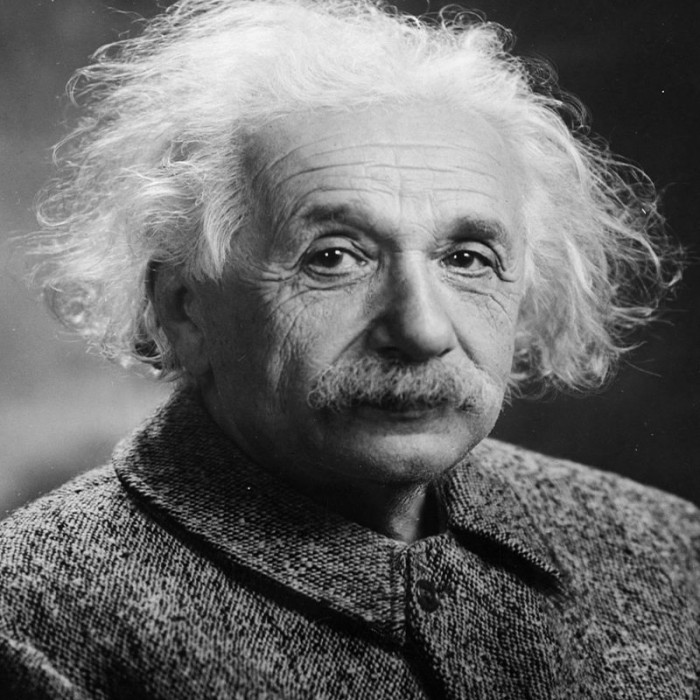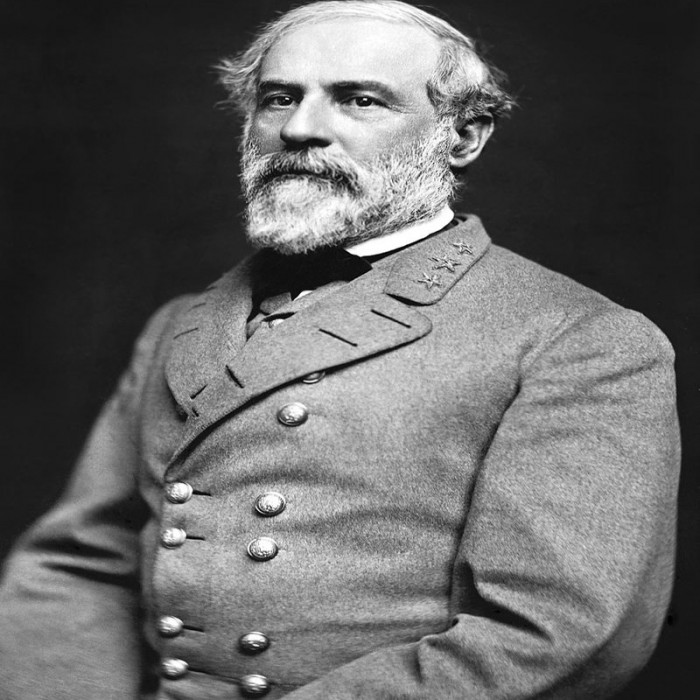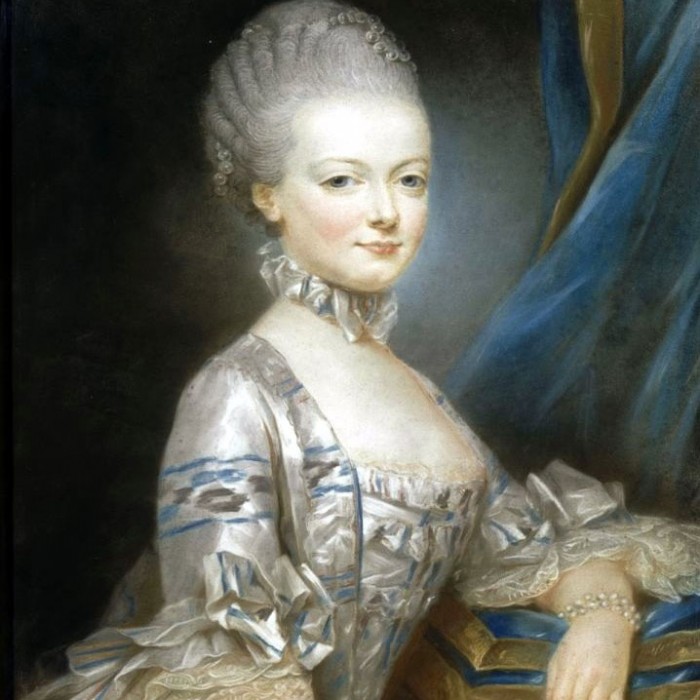
Erwin Chargaff (11 August 1905 – 20 June 2002) was an Austro-Hungarian biochemist.
He was immigrated to the United States during the Nazi era and was a professor of biochemistry at Columbia University medical school.
Through careful experimentation, Chargaff discovered two rules that helped lead to the discovery of the double helix structure of DNA.
The first rule was that in DNA the number of guanine units are merely equal to the number of cytosine units, and the number of adenine units are merely equal to the number of thymine units.
The second rule was that the relative amounts of guanine, cytosine, adenine and thymine bases varies from one species to another. This hinted that DNA rather than protein could be the genetic material.
Chargaff was born on 11 August 1905 in Czernowitz, Duchy of Bukovina, Austria-Hungary, which is now Chernivtsi, Ukraine.
At the outbreak of World War I, his family moved to Vienna, where he attended the Maximiliansgymnasium. He then went on to the Vienna College of Technology where he met his future wife Vera Broido.
From 1924 to 1928, Chargaff studied chemistry in Vienna, and earned a doctorate working under the direction of Fritz Feigl.
He married Vera Broido in 1928. Chargaff had one son, Thomas Chargaff.
From 1925 to 1930, Chargaff served as the Milton Campbell Research Fellow in organic chemistry at Yale University, but he did not like New Haven, Connecticut.
Chargaff returned to Europe, where he lived from 1930 to 1934, serving first as the assistant in charge of chemistry for the department of bacteriology and public health at the University of Berlin (1930–1933).
Chargaff immigrated to New York City in 1935, taking a position as a research associate in the department of biochemistry at Columbia University, where he spent most of his professional career.
Chargaff became an assistant professor in 1938 and a professor in 1952. After serving as department chair from 1970 to 1974, Chargaff retired as professor emeritus.
After his retirement as professor emeritus, Chargaff moved his lab to Roosevelt Hospital, where he continued to work until his retirement in 1992.
He became an American citizen in 1940.
During his time at Columbia, Chargaff published numerous scientific papers, dealing primarily with the study of nucleic acids such as DNA using chromatographic techniques.
He became interested in DNA in 1944 after Oswald Avery identified the molecule as the basis of heredity.
En güncel ve yüksek deneme bonusu veren siteler 2023 listesi üzerinden deneme bonusunuzu alın. Bonus veren bahis siteleri için lapalmroyalbeachhotel.com adresimizi ziyaret edin.In 1950, he discovered that the amounts of adenine and thymine in DNA were roughly the same, as were the amounts of cytosine and guanine. This later became known as the first of Chargaff's rules.
Beginning in the 1950s, Chargaff became increasingly outspoken about the failure of the field of molecular biology, claiming that molecular biology was "running riot and doing things that can never be justified".
He believed that human knowledge will always be limited in relation to the complexity of the natural world, and that it is simply dangerous when humans believe that the world is a machine, even assuming that humans can have full knowledge of its workings.
Chargaff warned that "the technology of genetic engineering poses a greater threat to the world than the advent of nuclear technology.
After Francis Crick, James Watson and Maurice Wilkins received the 1962 Nobel Prize for their work on discovering the double helix of DNA, Chargaff withdrew from his lab and wrote to scientists all over the world about his exclusion.
He died on 20 June 2002 in Manhattan.
Honors awarded to him include the Pasteur Medal (1949) and the National Medal of Science (1974).
Source: Link

1564 - 1616

1803 – 1882

1854 – 1900

1942 – 2016

1928 – 2014

1835 – 1910

1869 – 1948

1884 – 1962
1898 – 1963

1929 – 1993

1879 – 1955

1809 – 1865

1807 – 1870

1800 – 1859

1795 – 1821

1755 – 1793

1984 -

1989 – 2011

1943 – 2001

1815 – 1902

1929 – 1994

1767 – 1848
